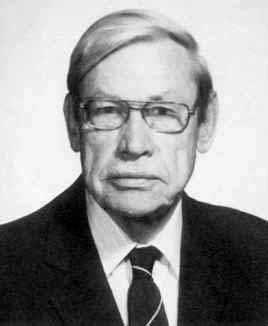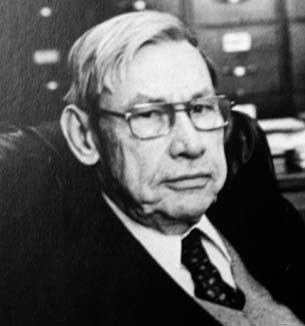Citizenship American Role Mathematician Alma mater Harvard Died January 9, 1989, Chennai | Doctoral advisor G. D. Birkhoff Parents Harlan F. Stone Name Marshall Stone | |
 | ||
Fields Real analysis, Functional analysis, Boolean algebra, Topology Institutions Harvard University, University of Chicago, University of Massachusetts Amherst Doctoral students Holbrook MacNeille, Harvard, 1935
John Williams Calkin, Harvard, 1937
William Frederick Eberlein, Harvard, 1942
Edwin Hewitt, Harvard, 1942
George Mackey, Harvard, 1942
Michael Joseph Norris, Harvard, 1944
Richard V. Kadison, U. Chicago, 1950
John Vernor Finch, U. Chicago, 1951
Matthew P. Gaffney, Jr., U. Chicago, 1951
Bernard A. Galler, U. Chicago, 1955
John J. McKibben, U. Chicago, 1957
Royal Bruce Kellogg, U. Chicago, 1958
Adam Koranyi, U. Chicago, 1959
Christopher Ian Byrnes, U. of Massachusetts, 1975 Books Linear transformations in Hilbert space and their applications to analysis Awards Guggenheim Fellowship for Natural Sciences, US & Canada Similar People George David Birkhoff, Harlan F Stone, Karl Weierstrass, Richard Kadison, Paul Halmos | ||
Education Harvard University (1926) | ||
Marshall Harvey Stone (April 8, 1903 – January 9, 1989) was an American mathematician who contributed to real analysis, functional analysis, topology and the study of Boolean algebras.
Contents

Biography

Stone was the son of Harlan Fiske Stone, who was the Chief Justice of the United States in 1941–1946. Marshall Stone’s family expected him to become a lawyer like his father, but he became enamored of mathematics while he was a Harvard University undergraduate. He completed a Harvard Ph.D. in 1926, with a thesis on differential equations that was supervised by George David Birkhoff. Between 1925 and 1937, he taught at Harvard, Yale University, and Columbia University. Stone was promoted to a full Professor at Harvard in 1937.
During World War II, Stone did classified research as part of the "Office of Naval Operations" and the "Office of the Chief of Staff" of the United States Department of War. In 1946, he became the chairman of the Mathematics Department at the University of Chicago, a position that he held until 1952. He remained on the faculty at this university until 1968, after which he taught at the University of Massachusetts Amherst until 1980.
The department he joined in 1946 was in the doldrums, after having been at the turn of the 20th century arguably the best American mathematics department, thanks to the leadership of Eliakim Hastings Moore. Stone did an outstanding job of making the Chicago department eminent again, mainly by hiring Paul Halmos, André Weil, Saunders Mac Lane, Antoni Zygmund, and Shiing-Shen Chern.
Accomplishments
During the 1930s, Stone did much important work:
Stone was elected to the National Academy of Sciences (United States) in 1938. He presided over the American Mathematical Society, 1943–44, and the International Mathematical Union, 1952–54. In 1982, he was awarded the National Medal of Science.
